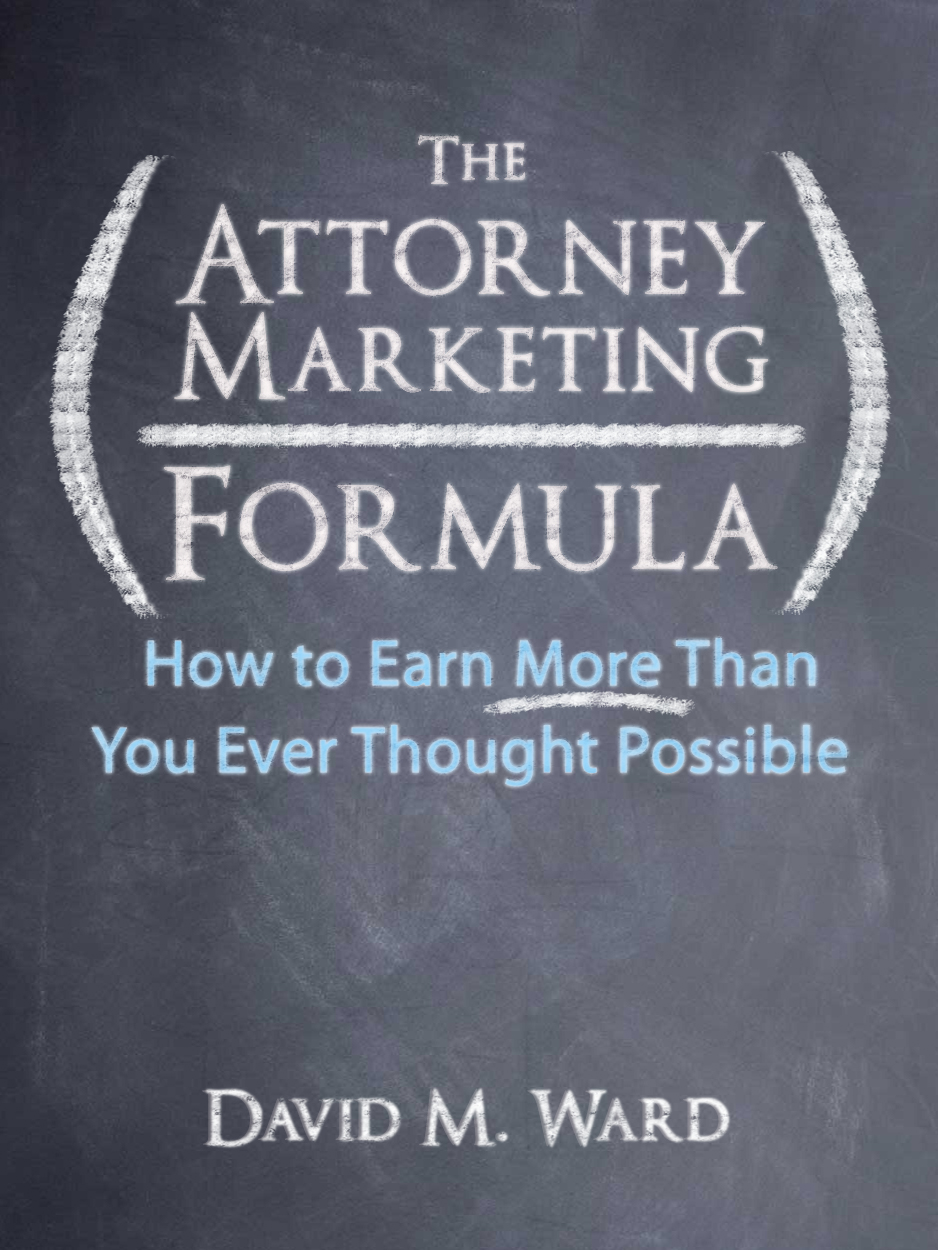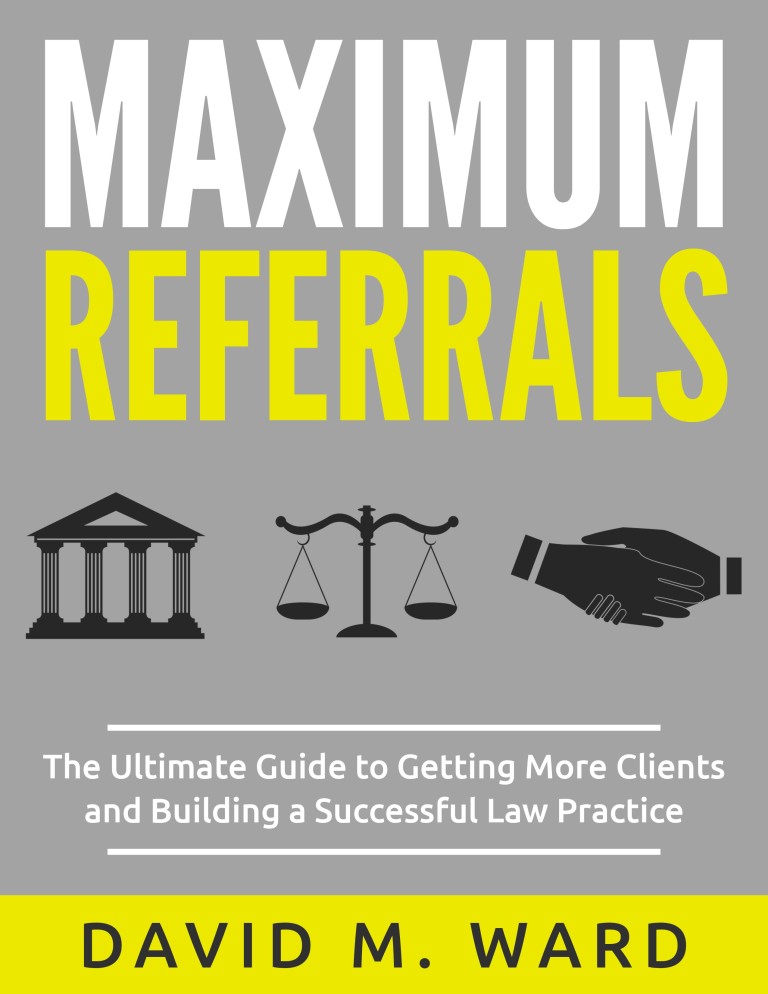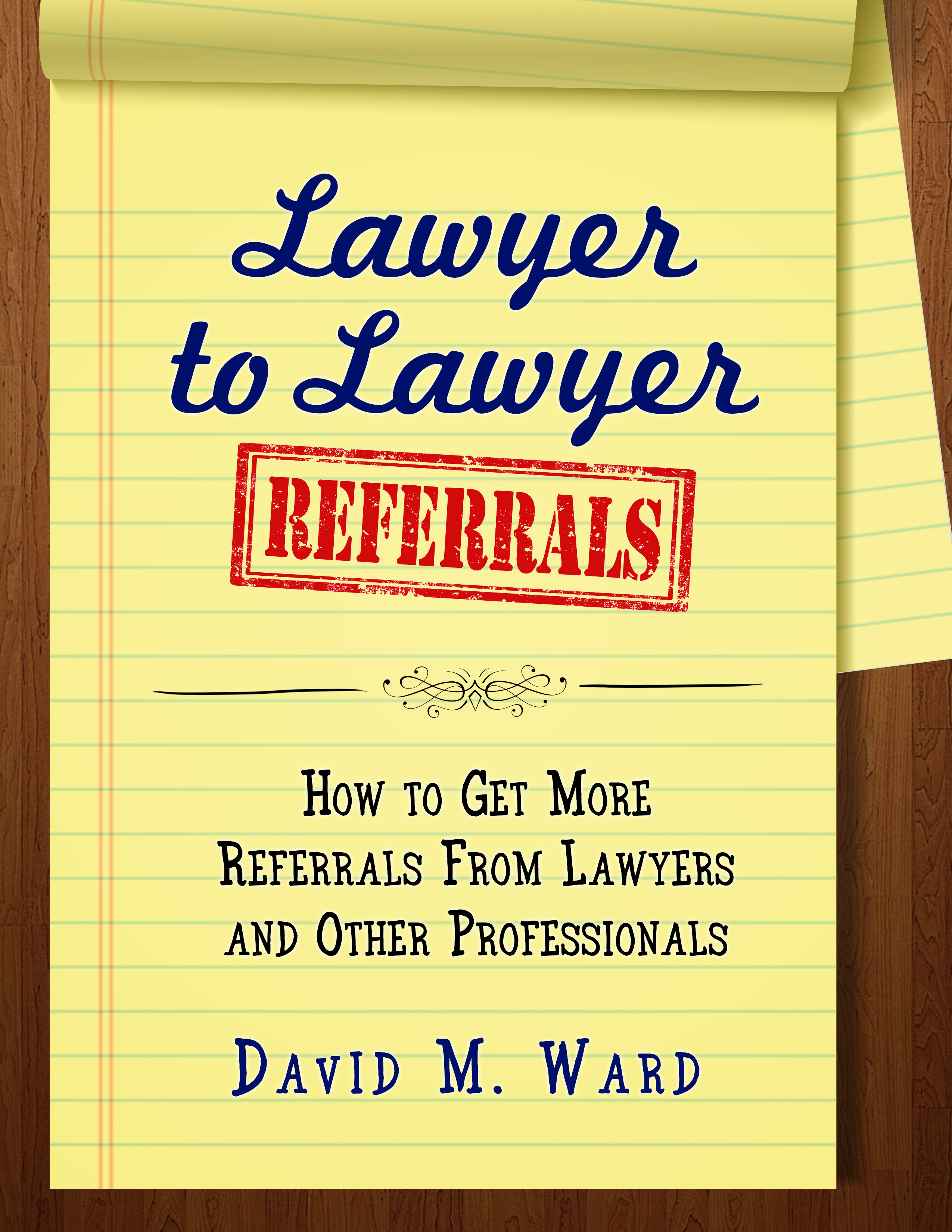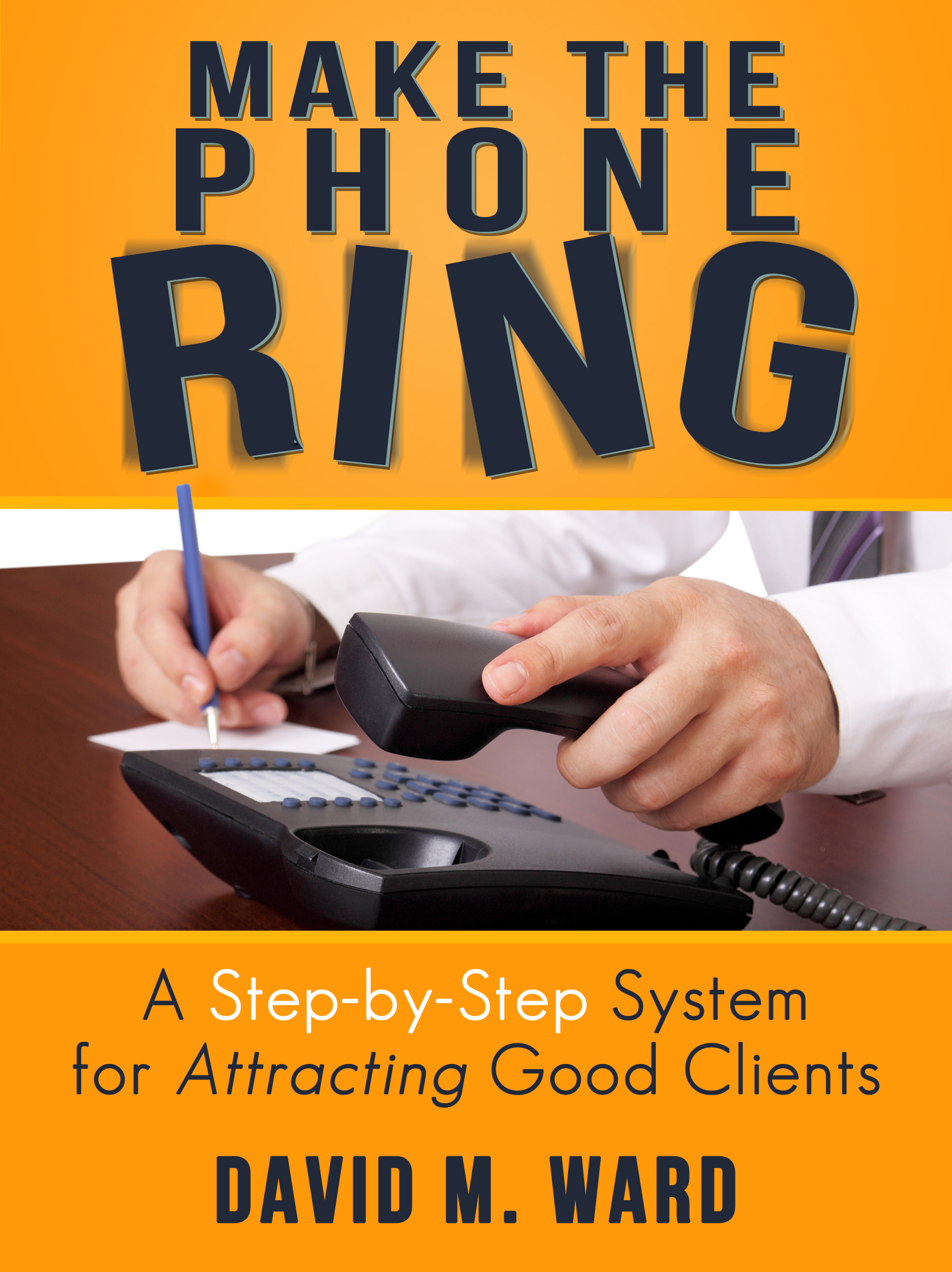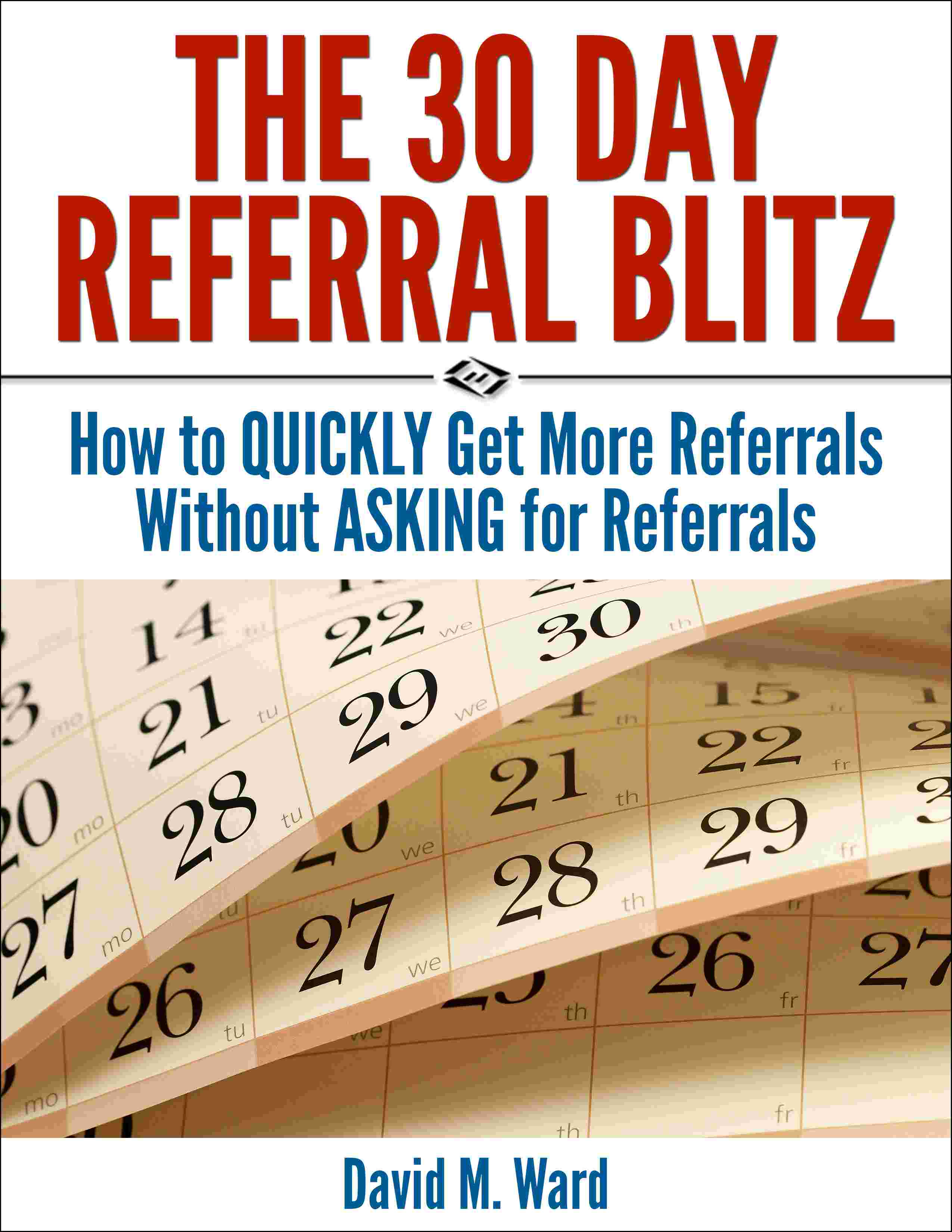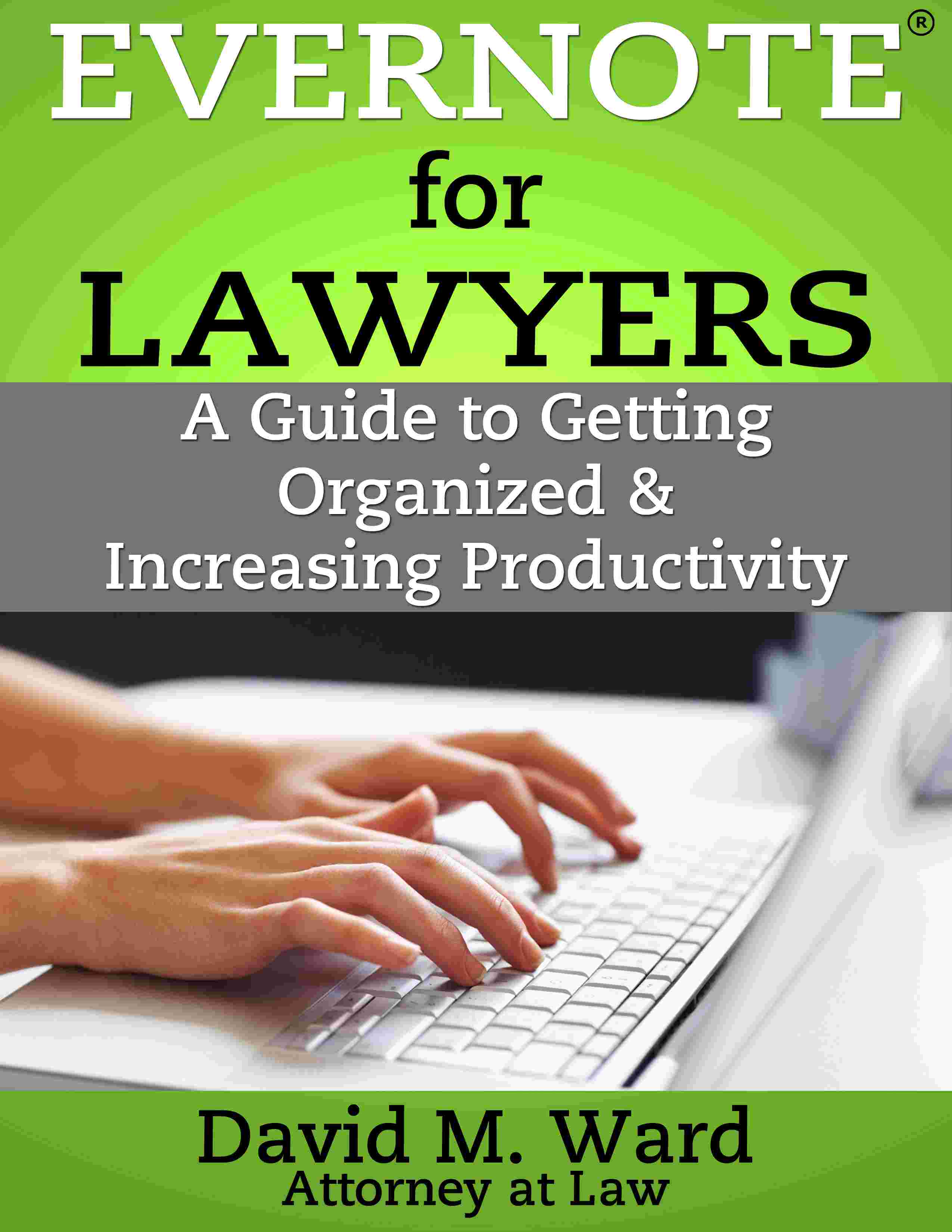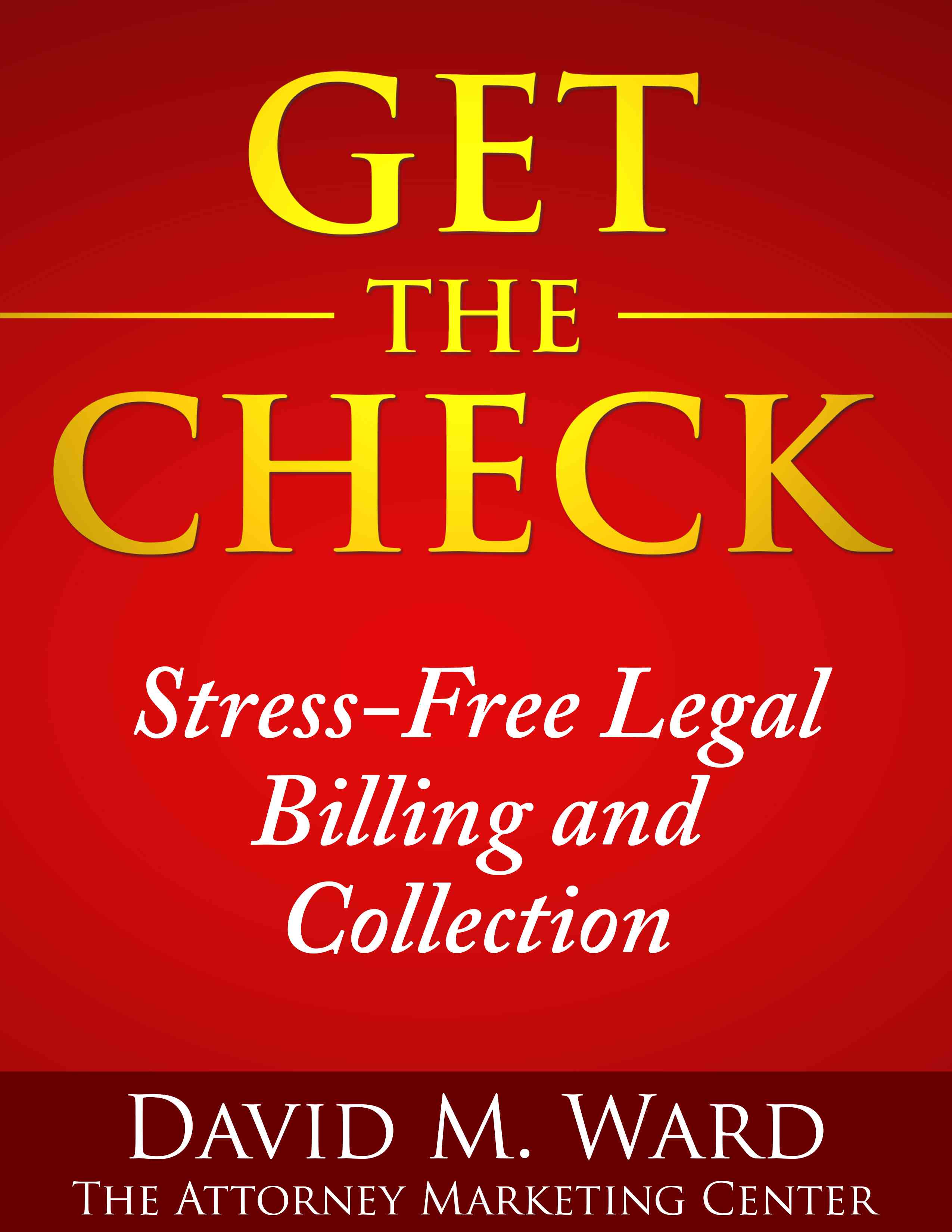What is the ideal length for a blog post? No, I’m not going to give you a clever answer about it being long enough to get the job done. There actually is an answer.
According to research, ideal length is around 1500 words and takes 7 minutes to read. After that, readership drops off. Longer posts also attract more inbound links, which gives your SEO a boost.
There’s also an ideal length for posts on social media. Facebook posts should be 100-140 characters. Tweets 120-130 (to allow room for re-tweets). The ideal length for a podcast is 22 minutes, which corresponds with what I’ve heard is the best length for a live presentation. (After 20 minutes, attention drops off.)
They’ve even researched the ideal length of meta data like title tags. (This is starting to make my brain hurt).
Anyway, if you like numbers, check out this article.
Wait, this post is less than 200 words. It’s not ideal! What shall I do?
Maybe I’ll go hang with Seth Godin.

